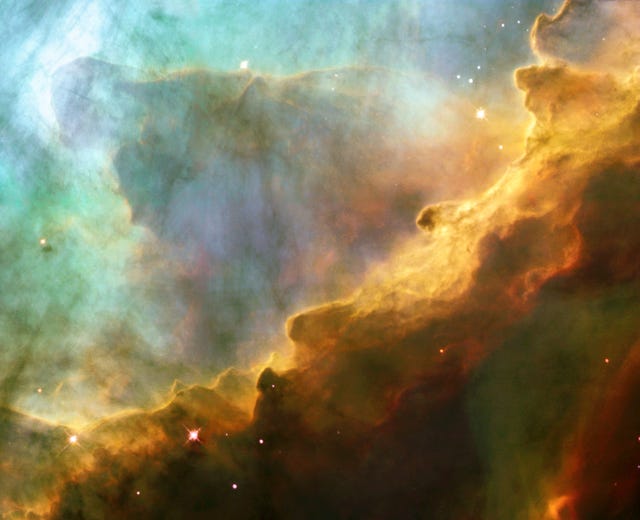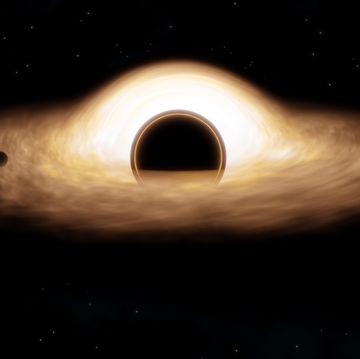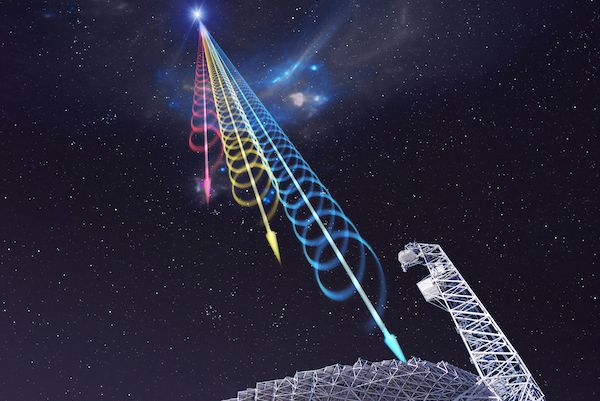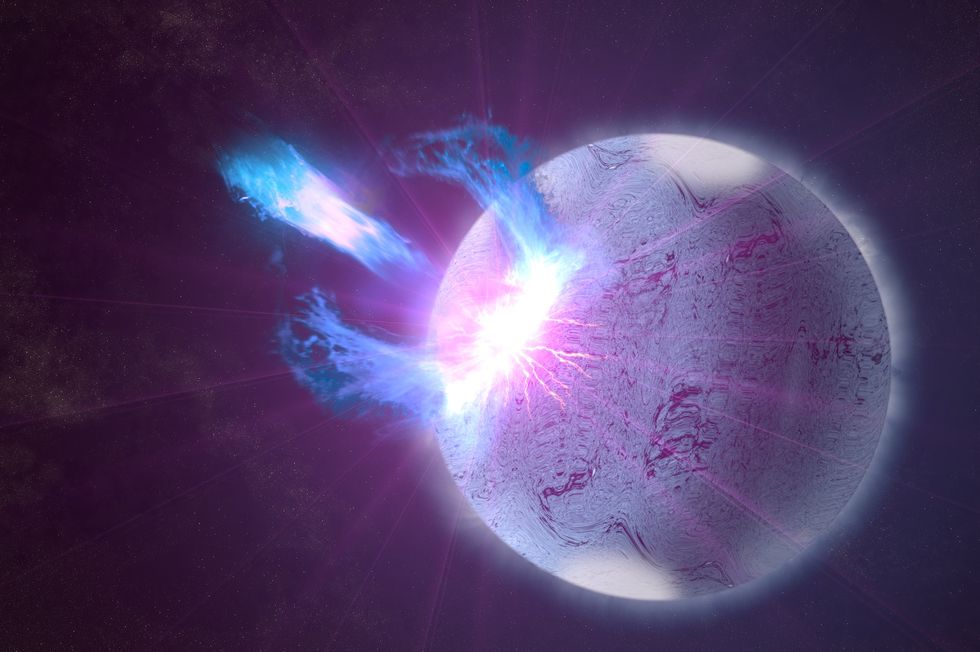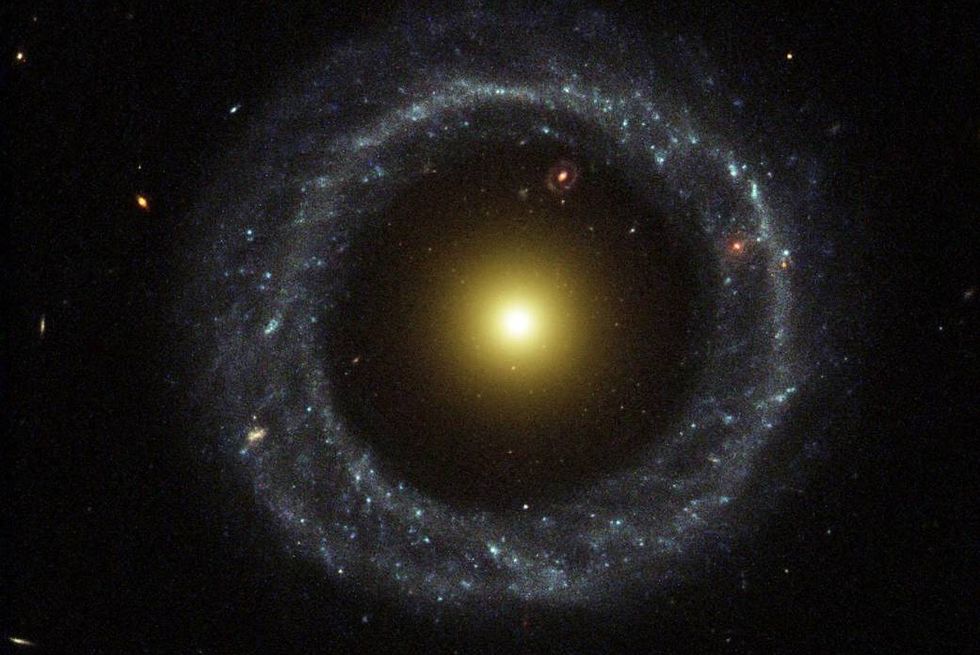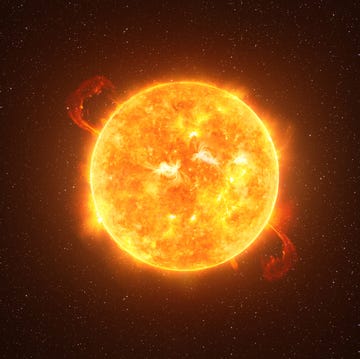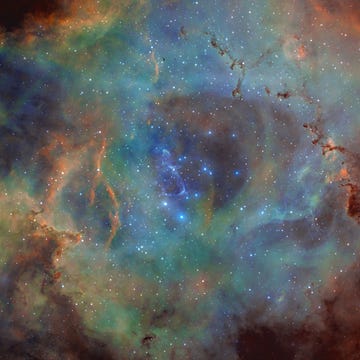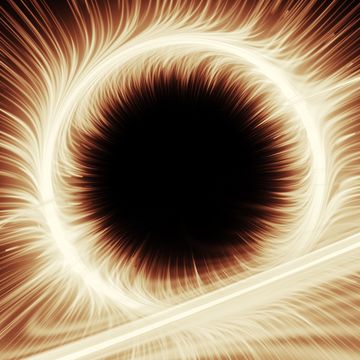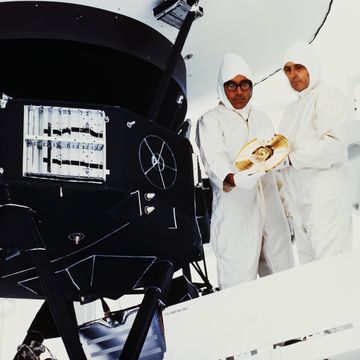20Lenticular Galaxy
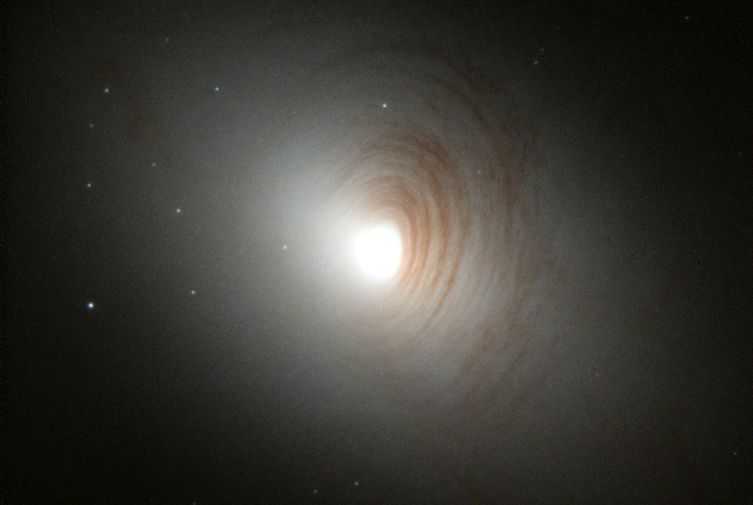 Wikimedia Commons
Wikimedia CommonsThis is a galaxy without reserves of star-forming matter. Viewed edge-on, it has a lens shape with a bulge in the middle and no spiral arms. Astronomers classify it between a spiral galaxy (like our own Milky Way) and a more elongated elliptical galaxy. This image is NGC 2787, 24 million light years away in the Ursa Major constellation.
19Stephan’s Quintet
 Wikimedia Commons
Wikimedia CommonsFive galaxies sharing a compact space, these beauties are found in the Pegasus Constellation with a strong telescope. At one time, astronomers saw these as mere smudges in the sky. Now we can analyze their stunning details with both optical and infrared telescopes, like the James Webb Space Telescope.
18Lava Planet
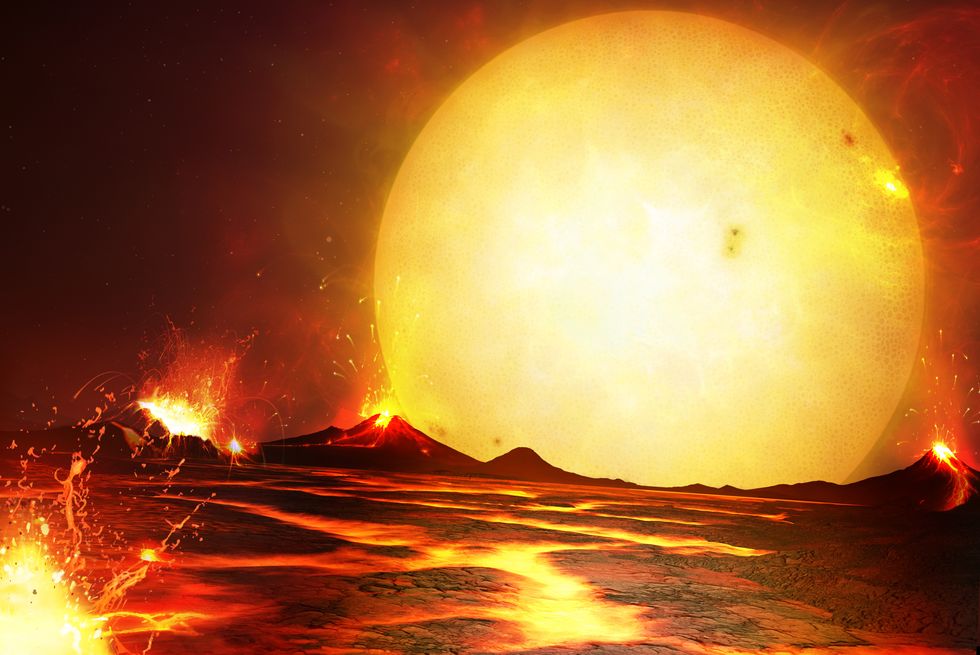 MARK GARLICK/SCIENCE PHOTO LIBRARY//Getty Images
MARK GARLICK/SCIENCE PHOTO LIBRARY//Getty ImagesA literal hellworld. A lava planet would likely be tidally locked to its nearby star, meaning one side would be perpetually hot, with lava flows, molten rock and little else. The other side would have cooled lava rock. The rocky planet would probably also stream dust behind it. Evidence from the Spitzer Telescope indicates that the 55 Cancri e planet is one such hellscape.
Advertisement - Continue Reading Below
17Pulsar
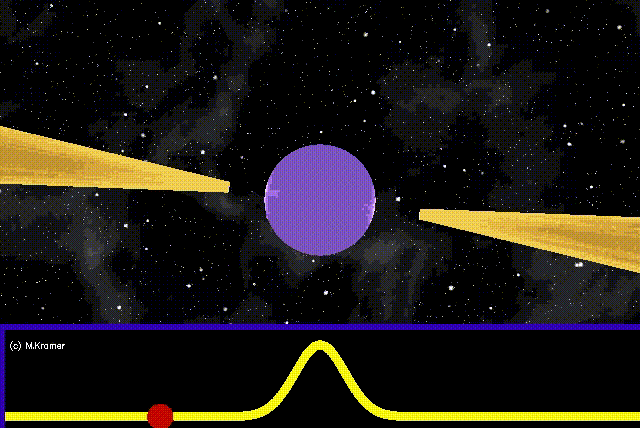 Wikimedia Commons
Wikimedia CommonsA star no bigger than a large city, made of neutron matter that emits strong radio waves at regular intervals. Researchers in South Africa discovered nine-millisecond pulsars, which means they blast radiation very rapidly.
16Thorne–Zytkow object
 NASA/CXC/A.Hobart
NASA/CXC/A.HobartOften in the guise of a red supergiant star (like Betelgeuse), this is a pulsar that has horned its way into the core of another star. The weird object is actually a hybrids of a red supergiant and a neutron star.
15Quasar
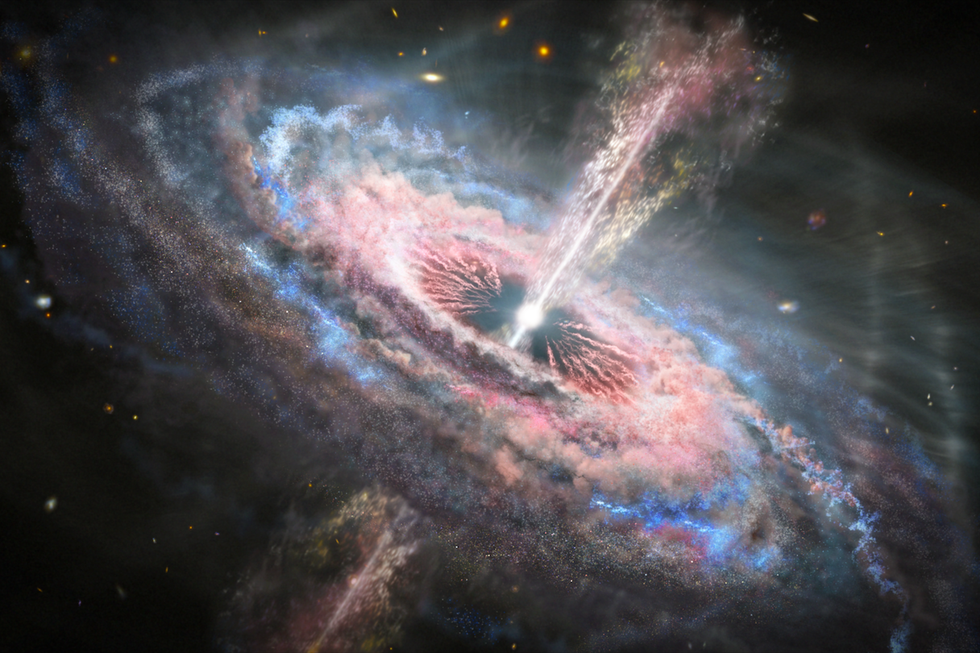 NASA, ESA and J. Olmsted (STScI)
NASA, ESA and J. Olmsted (STScI)An energetic supermassive black hole at the center of a galaxy actively gobbling matter. NASA’s James Webb Space Telescope is training its sights on several extremely distant quasars to examine them in the infrared range, to see what the universe was like billions of years ago.
Advertisement - Continue Reading Below
Advertisement - Continue Reading Below
11Black Dwarf
 Wikimedia Commons
Wikimedia CommonsAfter the sun goes red giant, it will become a white dwarf. After the white dwarf expends its electron matter, it will go dark and become a black dwarf. This is trillions of years in the future and we will all be dead by then.
10Planetar
 NASA/JPL-Caltech
NASA/JPL-Caltech 9Blitzar
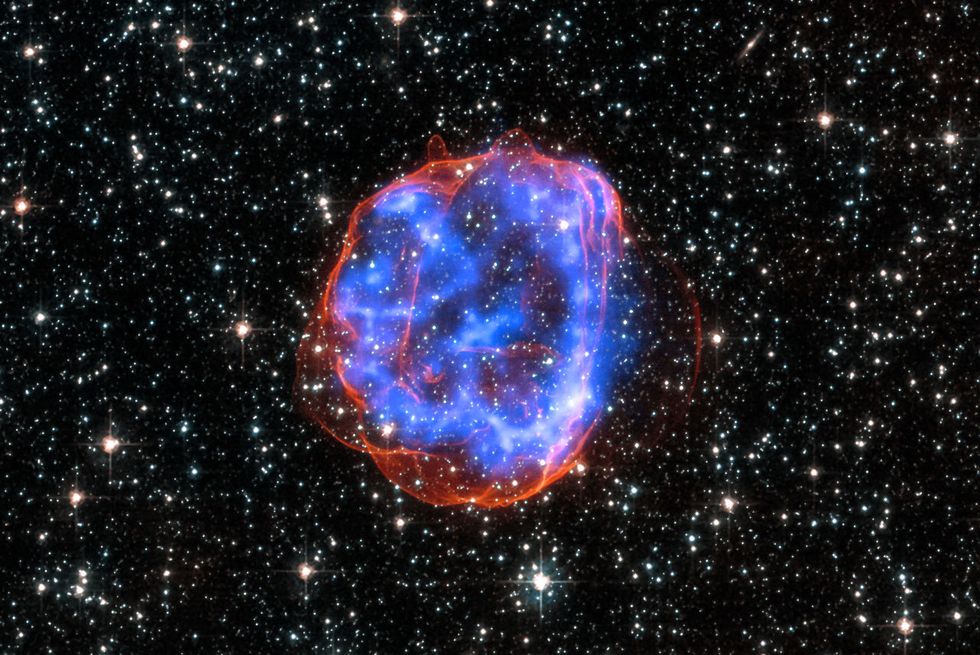 X-ray: NASA/CXC/Rutgers/J.Hughes; Optical: NASA/STScI
X-ray: NASA/CXC/Rutgers/J.Hughes; Optical: NASA/STScIWhen a star large enough to go supernova explodes, its core typically collapses into either a neutron star or a black hole. A blitzar is a neutron star that spins so fast it collapses into a black hole.
Advertisement - Continue Reading Below
8Relativistic Time Dilation
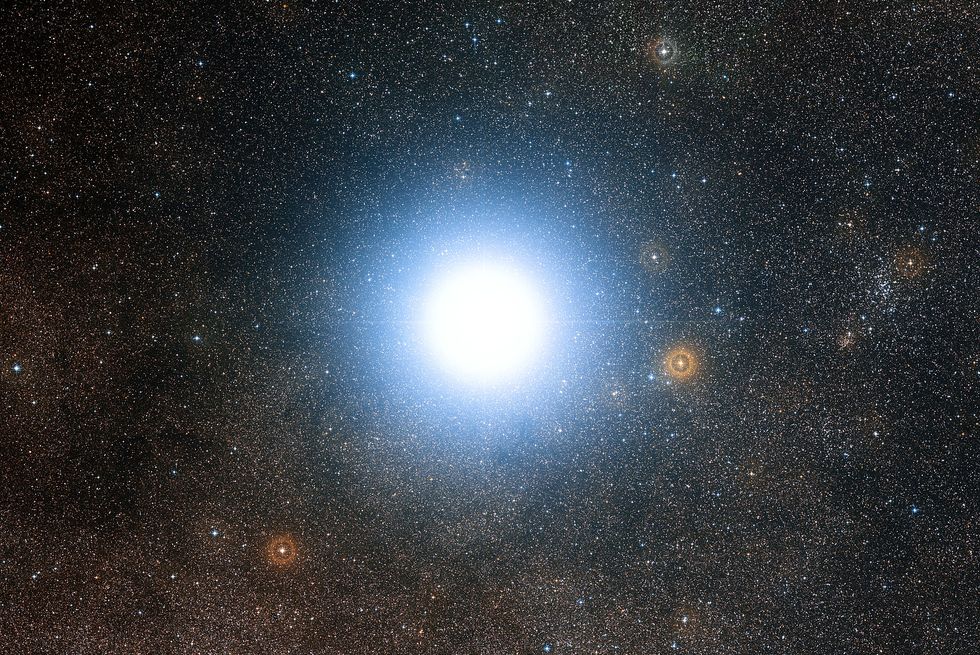 ESO
ESO 7Omega Nebula
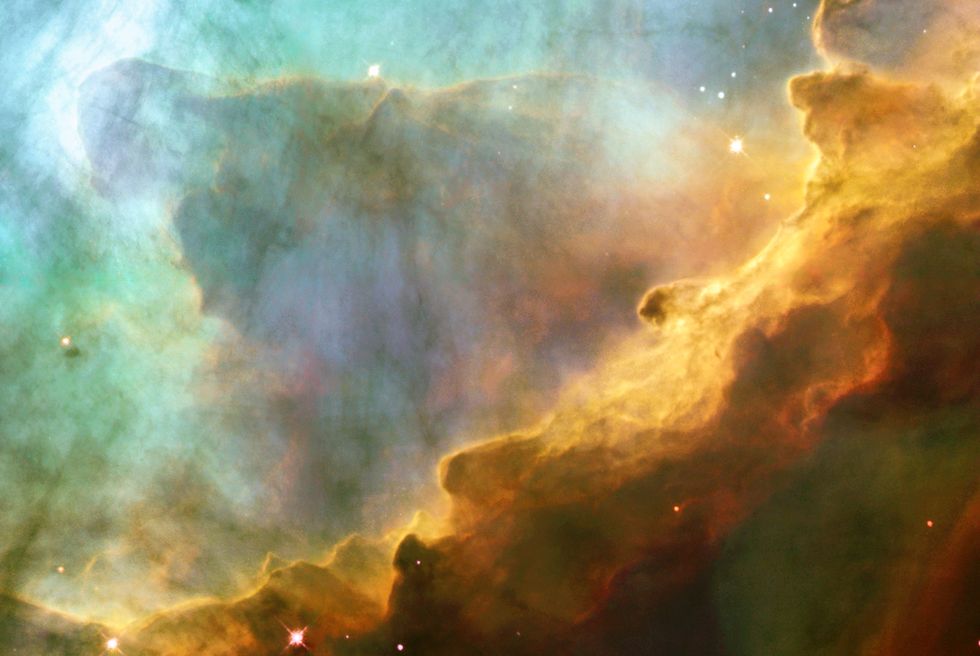 -
-The birthplace of stars, emerging from a stellar graveyard, a nebula is rich with elements. The Omega Nebula also goes by the name Swan Nebula for its elegant gas formations and is one of the largest star-forming regions in the Milky Way Galaxy. It is 5,500 light-years from Earth in the constellation Sagittarius and you can see it with a good pair of binoculars.
6Wolf-Rayet Star
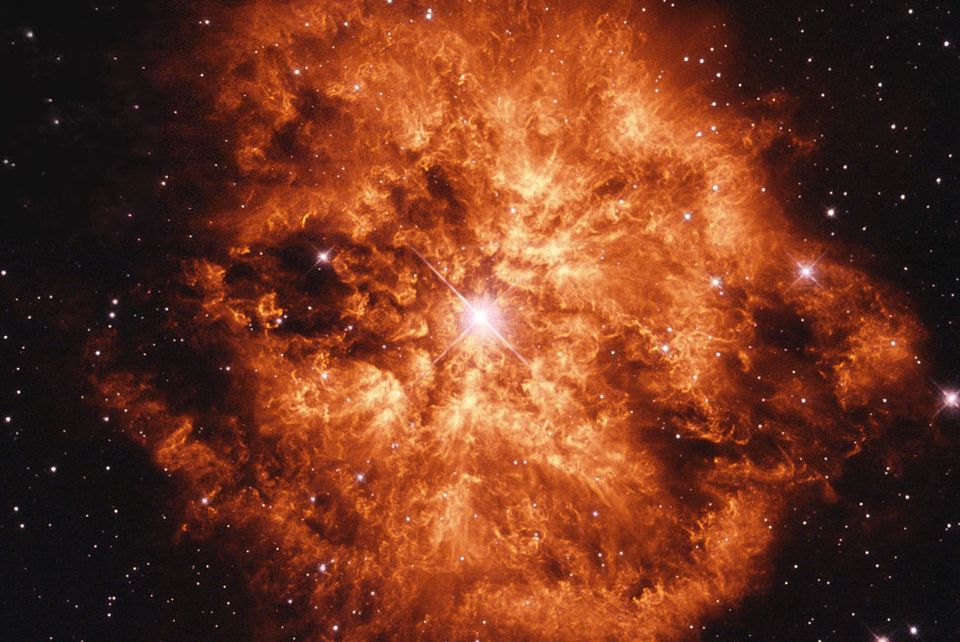 NASA/STSCI
NASA/STSCIA hot, luminous star that has lost nearly all of its hydrogen and is now burning and fusing helium. Someday, our sun will undergo a similar loss of hydrogen, causing it to process helium stores instead. But a Wolf-Rayet star is different—it’s 25 times more massive than our home star.
Advertisement - Continue Reading Below
5Dark Energy Star
 Maxpixel
MaxpixelA really cool sounding object that probably doesn’t exist. A small group of physicists think black holes might not exist and the candidates we’ve discovered so far are actually weird, dense dark energy-producing stars.
Since they probably don’t exist, here’s a picture of a dog swimming instead. I’m sorry to have lied to you.
4Primordial Black Hole
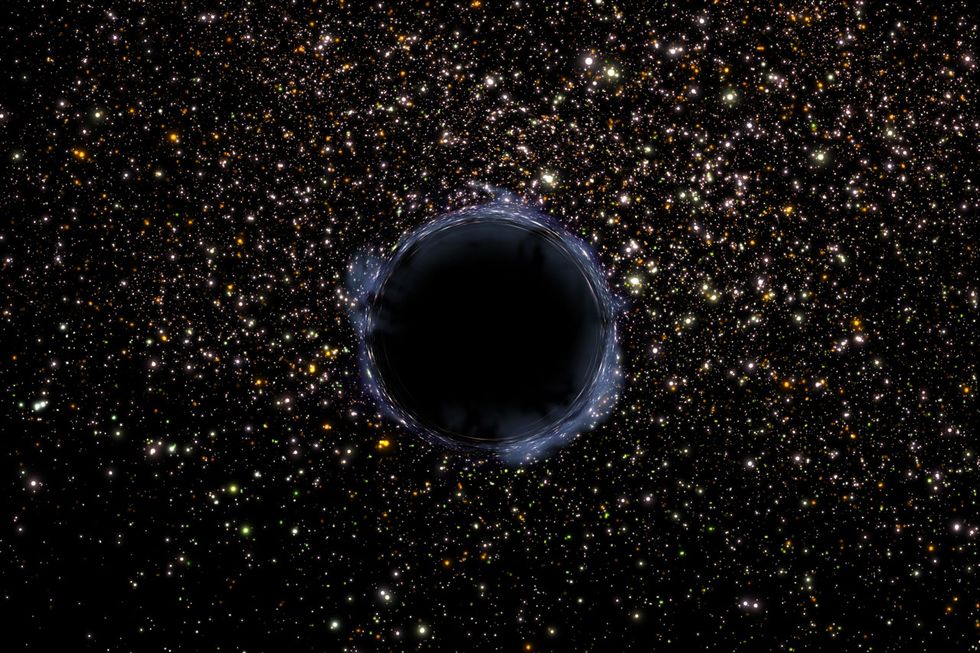 NASA
NASA 3Hypernova
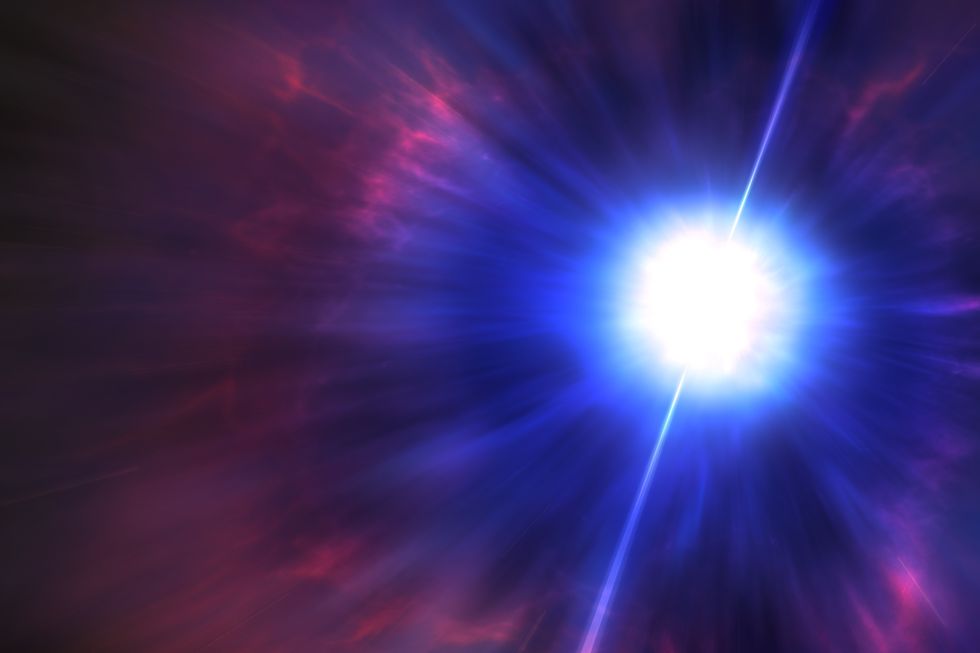 Getty Images
Getty ImagesA really, really, really bright, powerful supernova, it’s also called a collapsar. If a star more than 30 times our sun’s mass suddenly collapses, it forms a rotating black hole that shoots twin energetic jets.
Advertisement - Continue Reading Below
2Chthonian Planet
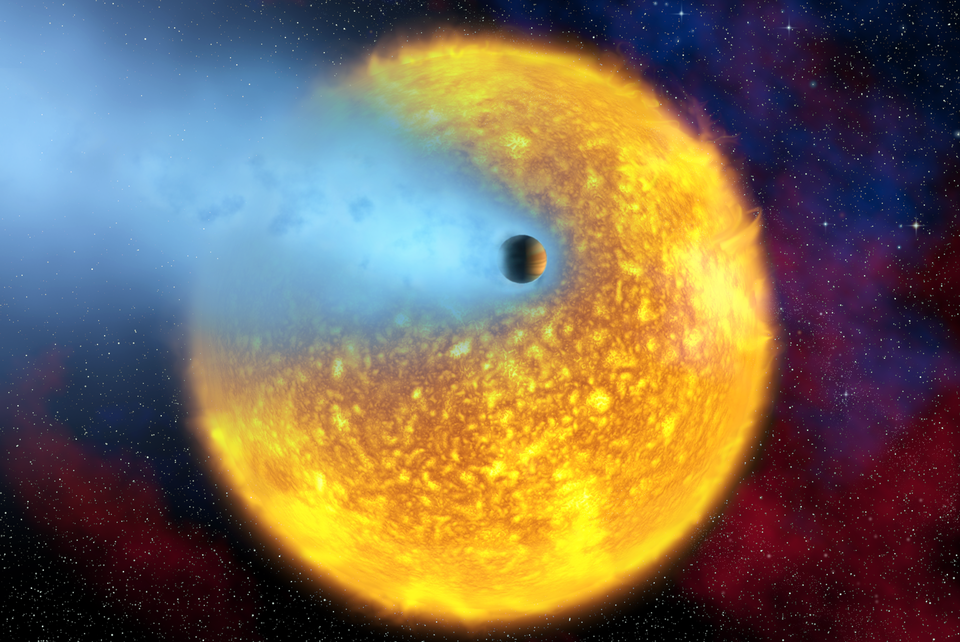 Institut d'Astrophysique de Paris, CNRS, France) and NASA.
Institut d'Astrophysique de Paris, CNRS, France) and NASA.A seemingly rocky planet that is actually a gas giant whose proximity to another star strips away its hydrogen and helium atmosphere, in a process called “hydrodynamic escape.” This kind of “planet” is still a hypothetical concept; it is the best explanation for the odd data that NASA’s Kepler space telescope found.
1Blazar
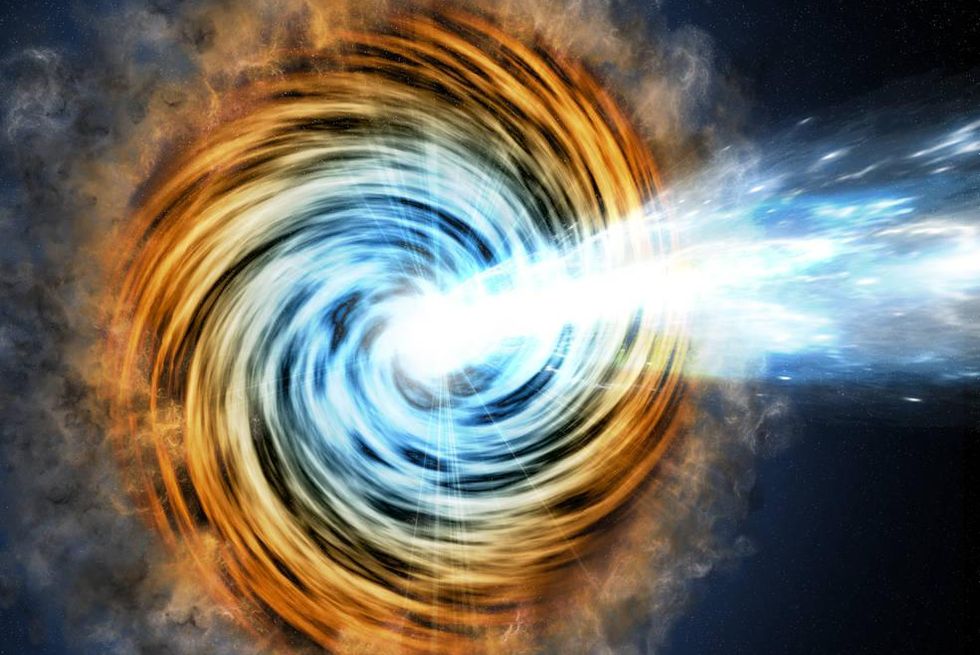 NASA/JPL-Caltech
NASA/JPL-CaltechA quasar whose jets are pointed directly at Earth. A muon neutrino—a very high energy neutrino—found in Antarctica appears to have come from a blazar. Blazars pose no danger to us, but they are fascinating.

John Wenz is a Popular Mechanics writer and space obsessive based in Philadelphia. He tweets @johnwenz.

Before joining Popular Mechanics, Manasee Wagh worked as a newspaper reporter, a science journalist, a tech writer, and a computer engineer. She’s always looking for ways to combine the three greatest joys in her life: science, travel, and food.
Advertisement - Continue Reading Below
Advertisement - Continue Reading Below
Advertisement - Continue Reading Below
